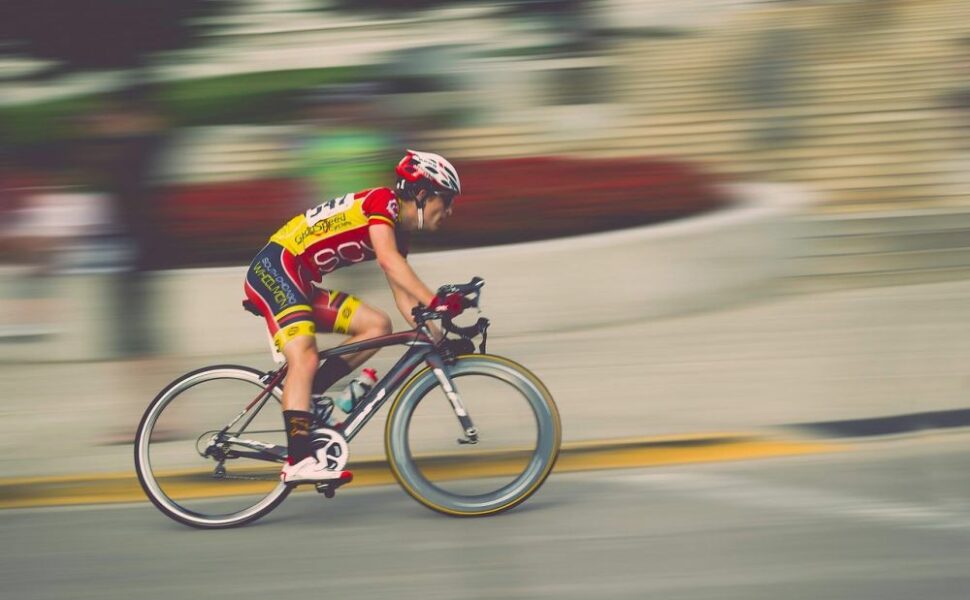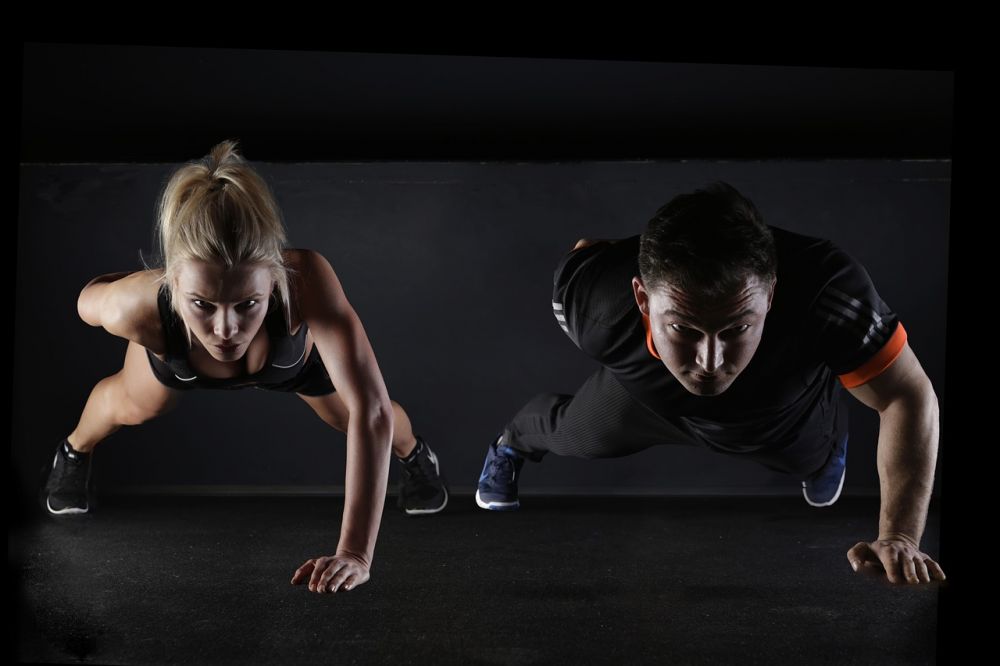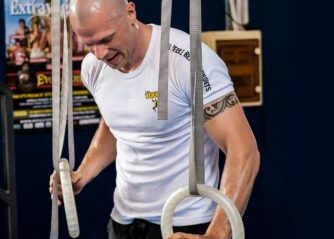Triathlon Distances: An In-Depth Exploration of the Different Types

Introduction ()
Triathlon is a demanding multisport event that combines swimming, biking, and running into one exhilarating race. Athletes of all levels are drawn to the challenge, but with varying skill sets and goals, it’s important to understand the different triathlon distances available. In this article, we will provide a comprehensive overview of triathlon distances, including their types, popularity, quantitative aspects, differences, and a historical exploration of their advantages and disadvantages.
Overview of Triathlon Distances (H2)

Triathlon distances refer to the specific combinations of swimming, biking, and running that participants undertake. While each race involves the three disciplines, the distances covered can vary significantly. The most commonly recognized triathlon distances include Sprint, Olympic, Half Ironman, and Ironman, each with its own unique challenges and requirements.
Comprehensive Presentation of Triathlon Distances (H2)
1. Sprint Distance: This is often considered the entry-level triathlon and is perfect for beginners or those looking for a shorter, high-intensity race. It usually consists of a 750-meter swim, a 20-kilometer bike ride, and a 5-kilometer run.
2. Olympic Distance: As the name suggests, this distance is the standard for Olympic triathlon competitions. It involves a 1.5-kilometer swim, a 40-kilometer bike ride, and a 10-kilometer run. It offers a balanced combination of endurance and speed.
3. Half Ironman: Also known as the 70.3 triathlon, this distance is favored by more experienced athletes seeking a greater challenge. It entails a 1.9-kilometer swim, a 90-kilometer bike ride, and a half marathon (21.1 kilometers) run. Participants must possess excellent stamina and endurance to conquer these distances.
4. Ironman: The pinnacle of triathlon events, the Ironman distance, is the epitome of endurance and mental fortitude. Athletes swim 3.86 kilometers, bike 180.25 kilometers, and finish with a full marathon (42.2 kilometers) run. Only the most dedicated and well-prepared triathletes attempt this grueling race.
Quantitative Measurements of Triathlon Distances (H2)
To further understand the physical demands of each triathlon distance, let’s discuss some quantitative measurements:
1. Total Distance: The total distance covered in a triathlon race is the sum of the swim, bike, and run distances. It ranges from a sprint-distance total of approximately 26.1 kilometers to an Ironman-distance total of approximately 226.8 kilometers.
2. Time: The time taken to complete a triathlon varies based on individual performance and fitness level. Sprint triathlons can be finished in under an hour, while Ironman races may take over 9 or even 17 hours for some participants.
Differences Among Triathlon Distances (H2)
Although triathlons share the same fundamental disciplines, each distance offers distinct challenges:
1. Time Commitment: The shorter distances, such as Sprint and Olympic, require less training time compared to the longer distances. Ironman races demand significant time dedicated to training and preparation.
2. Pacing Strategy: Different distances call for diverse pacing strategies. Sprint triathlons favor a sprint-like speed, while longer distances require pacing oneself to maintain an endurance-focused effort.
3. Physical Demands: Endurance becomes increasingly important as the distances get longer. Ironman triathlons challenge athletes to conserve energy and pace themselves throughout the whole race, while shorter distances demand more intense bursts of speed and power.
Historical Overview of Triathlon Distance Pros and Cons (H2)
Over the years, triathlon distances have evolved, each with its own set of advantages and disadvantages:
1. Shorter Distances: Sprint and Olympic distances have become more popular due to their accessibility and ability to accommodate a wider range of participants. They can also act as stepping stones for athletes aspiring to tackle longer distances.
2. Longer Distances: Half Ironman and Ironman races have gained popularity among seasoned triathletes who seek greater endurance challenges and set ambitious goals. These distances require significant dedication and commitment to training.
Conclusion (H2)
Triathlon distances provide opportunities for athletes of different skill levels and goals to participate in this demanding sport. From the short and intense sprints to the ultimate test of physical and mental stamina in the Ironman, each distance offers its unique rewards and challenges. Understanding the variations in distances allows athletes to make informed decisions and embark on the triathlon journey that aligns with their abilities and aspirations. So whether you’re a seasoned triathlete or a beginner, there’s a triathlon distance out there waiting for you to conquer.
















































